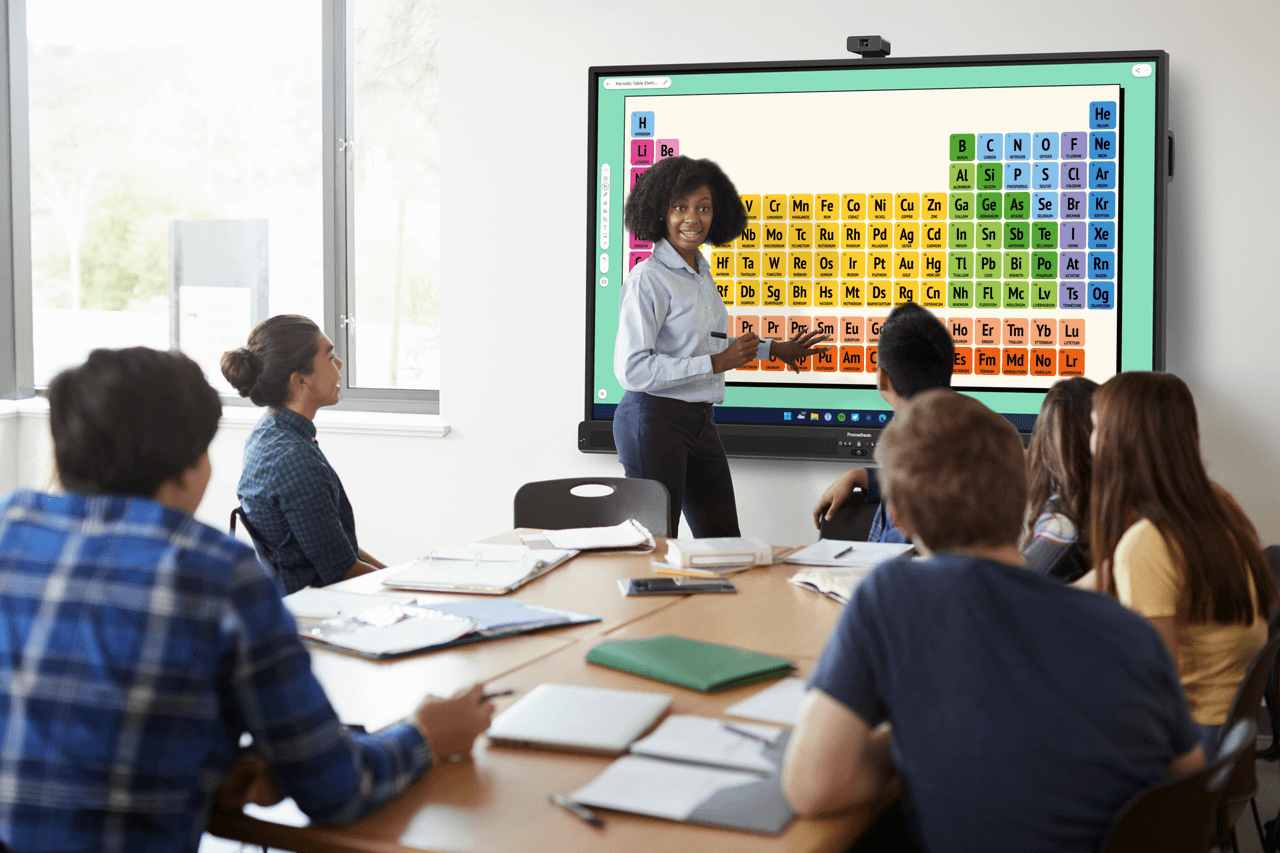Published on July 9th, 2021
Edtech news roundup – July 2021
5 minute read

Get the Latest EdTech News from Promethean
Here are 3 of the latest and trending U.S. education and EdTech news subjects.
1. The School Year Comes to a Close
The month of June raises a range of emotions and activities for schools and their communities – the motivation to finish classes strong, the anticipation of summer, and the pride of graduations. While there is a whole season anticipating the last school bell to ring, it’s important to press the pause button and cherish the final moments of the school year.
While many students entered the 2020-21 school year from home, most will mark the end of the year from school. In an effort to wrap up a full school year of learning through the pandemic, end-of-year activities can compensate for the past several months of turbulence, uncertainty, struggle, and time physically spent apart.
Students and teachers can take the time to reflect on the biggest contributors to their past school year. It could be peers or teachers that supported students through social isolation, or technology solutions that propelled student engagement and energized classes for teachers throughout the year of hybrid, remote or distance learning settings.
2. Lessons Learned from the Pandemic
School can often be a place where students face learning or social difficulties, and the pandemic has at times accelerated struggles in and out of the classroom. Not only did this past year and a half surface struggles, but it also surfaced new ways of thinking and outlooks of learning styles and lifestyles. Recording how schools experienced the past year and a half is a crucial process in order to prepare for future instances of crises.
Teachers were challenged with delivering lessons to students who experienced a change of setting, and quite possibly a lifestyle change. Learning loss, family loss, housing loss, and motivation loss were all realistic obstacles students were expected to deal with as they pushed through the past year and a half of learning. As a result, the curriculum surpassed academic content, and there was an opportunity to create a space for healing, reconnecting, and reengaging.
The pandemic forced educators to learn how to use new technology, establish new routines, and set new expectations. With students reflecting on their journey to finishing the school year, it’s just as important for teachers to do the same. Amid hardships and changes, celebrating positivity in education and encouraging educators to look back and share how they demonstrated passion for education, despite the rough patches, will make the future of the classroom all the more meaningful.
While instructing through the pandemic, educators and administrators were forced into creative problem-solving and decision-making. One teacher in Sacramento, California turned the tables and let his students lead the way through an assignment to design their dream school. This exercise demonstrated the various living situations, personal backgrounds, and newfound priorities among students.
3. Looking Forward to Next Fall
Following the experience of a full school year under pandemic conditions, school districts are not done making adjustments to their learning models. Fall 2021 will continue the conversation of what conditions schools are conducting instruction under.
After many months of adapting to remote schooling and finally finding a solid routine, mastering new technology and becoming engaged in a virtual setting, students, educators, and parents will be expected to adjust all over again. While it may seem easier to revert back to “normal,” it’s understood that normal has been redefined. Instead of “going back” it will be “moving forward” with this new era of schools and society.
For some time, school decision makers have been split on final decisions about continuing remote learning in the fall. Whether your school is transitioning to a full-time in-person learning model, offering a hybrid setting, or remaining strictly remote, ensuring students are engaged and supporting teachers with the right tools to build classroom culture across learning modalities will continue to be apriority.




